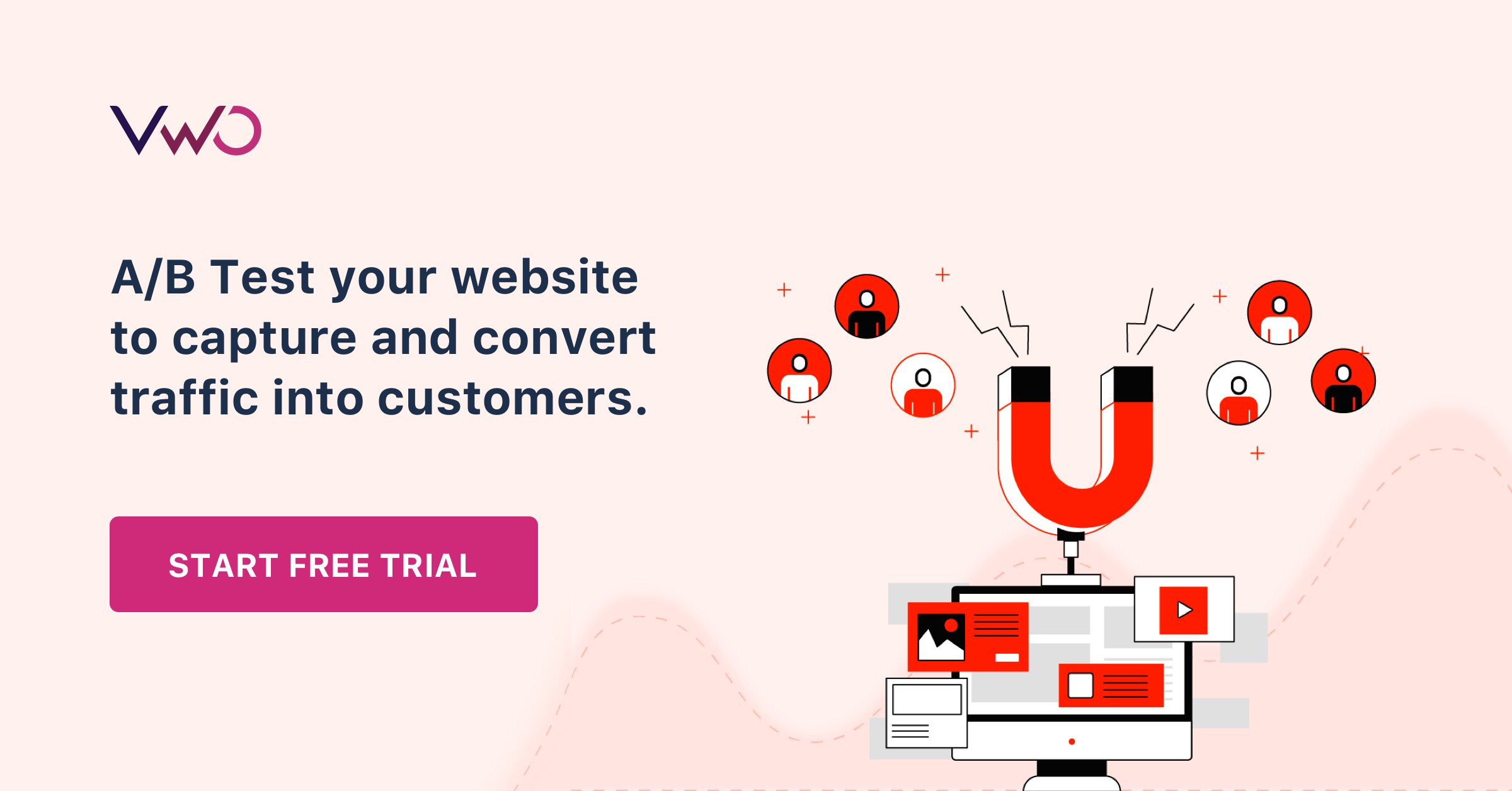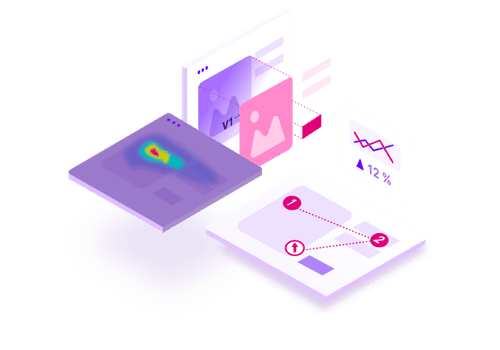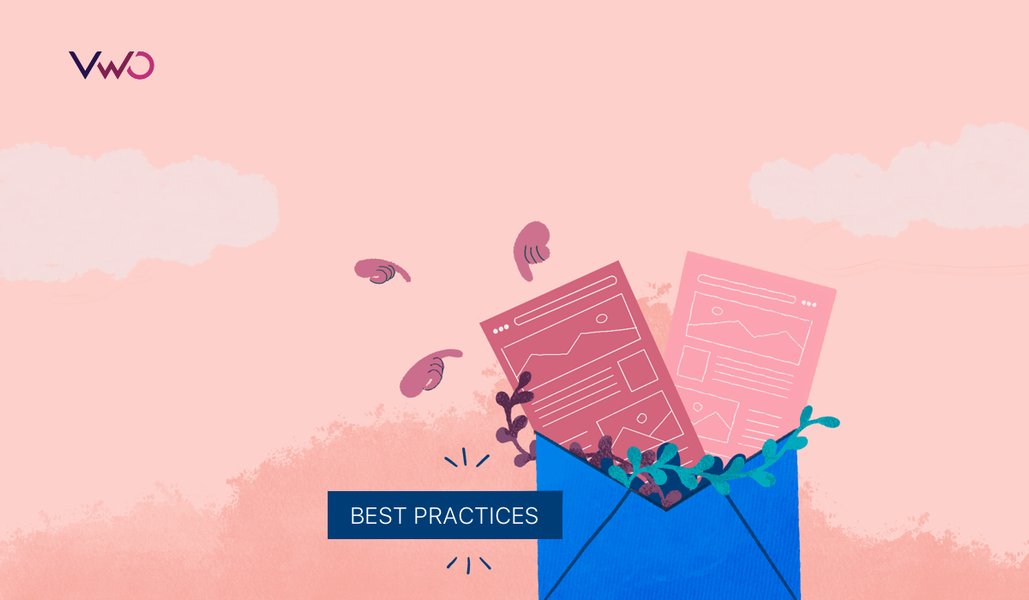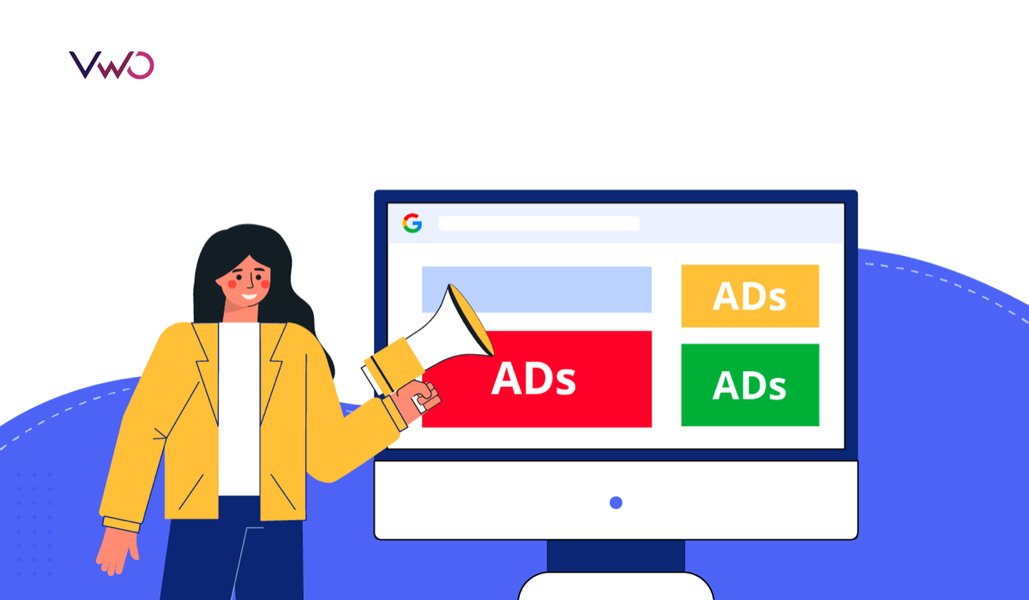How to Capture and Keep Your Readers’ Attention
Now that I have your attention, it’s going to take a lot to keep it. Did you know the average reader has an attention span of only eight seconds?. That means that even reading this introduction, you’re probably thinking about something else; unless of course I do something to keep you engaged.
Grabbing a reader’s attention is only the first step. Once you’ve pulled them in, the elements of your site must work in tandem to create a user experience that retains attention, communicates the information, and gets the reader to your desired next action. Today we’ll look at these elements and how you can optimize each one for maximum results.
Download Free: Customer Engagement Guide
Before the click: attracting visitor attention
The first task for any business is to attract potential customers. Before a reader ever clicks through to your website, there two things they will most likely see are:
- A headline and meta description in search engine results
- An image or video advertisement
These represent opportunities for to capture attention and that all-important click, so let’s examine them both:
Crafting the perfect headline
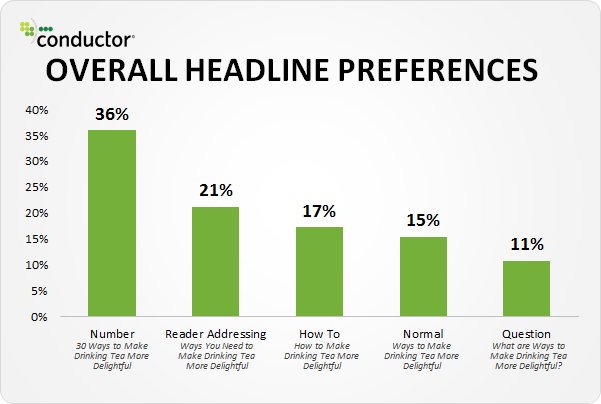
Moz describes headlines as the gatekeepers of your content. There are different types of headlines, and each one serves a different purpose, but all of them represent a promise to your readers. Let’s take a look at some of the different types of headlines:
- The explanation headline
These are the types of headlines that present the “hows” of a subject. Let’s say we’re talking about blogging:
- “How to Optimize Your Content Marketing Today”
- “How Capturing Reader’s Attention Helps You Earn Money”
- “How Organized Content Changes Your Life”
- The answer headline
This second type involves answering the “why” of something. Check out these examples:
- “Why Didn’t My Content Marketing Take Off?”
- “Why Acting Like a Three-Toed Sloth Can Teach You About Content Routines”
- “Why People Aren’t Reading Your Content”
- The numbered list headline
Numbered lists are a powerful way to get a reader’s attention because they make a specific promise. For example:
- “10 Marketing Mistakes You’re Probably Making”
- “7 SEO Tools You Can’t Live Without”
- “5 Ways to Improve Your Productivity Today”
These are the major headline types, but try combining two together or tweaking them to make them even more unique. Tactics that could work for you include using emotional trigger words, alliteration, a variety of formats, and more.
Try to vary your use across different types of headlines so it doesn’t become repetitive for audiences. If in doubt, use a headline analyzer to grade your headlines and break down the key words.
Writing the meta description
A meta description is the text that appears beneath each result on a search engine results page. The role of a meta description is to captivate readers, complement the headline and give a sense of what is on the page in a way that makes them want to click through to your site. Even if you’re at the top of a list of results, readers will still pass you by if your meta description doesn’t make them feel confident in your content.
Here are the major characteristics of great meta descriptions:
- Use action words – Compel your readers to click-through into your site by building upon the promise of your headline using actionable words like “Learn,” “Check,” and “Read.”
- Keep it below 155 characters – This is the highest number of characters that Google will show in the search results. Don’t allow your description to be cut off.
- Be descriptive (no fluff) – Don’t write something generic or broad; be specific. Describe in a quick summary what you’re going to give the reader if they click on the link.
While keeping these things in mind, make sure you don’t commit the key meta description error— over-stuffing it with keywords. It should contain the keyword you’re trying to rank for just once.
VWO Testing allows you to test different headline options and content to find the most effective way to capture readers’ attention.
Download Free: Customer Engagement Guide
After the click: keeping your visitor’s attention
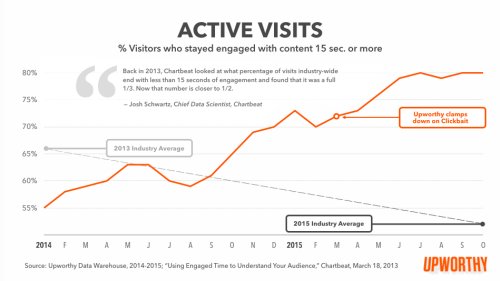
Whether you’re writing a book or a long-form guide to content marketing, keeping your visitor’s attention is a feat of psychology. Our brains are wired to respond to certain triggers, and it’s these triggers that you can use right away in your content to grab attention. There are three elements of your design and content that can contribute towards this goal:
- The introduction
- The layout of content
- Images
The introduction: reeling them in
The opening portion of your content should have two things: data and storytelling. Remember that every story needs seven elements:
- Characters
- Plot
- Conflict
- Resolution
- A theme relevant to your audience
- A strong hook
Building these elements during the introduction of your post is done by first establishing what it is you want to convey to your readers. Perhaps you want to convince them of something, or you simply want to make them curious.
Either way, you can tell a story that happened or you can pose a hypothetical situation that will resonate with them. When telling your story, consider adding some links to relevant data that supports your claims.
Designing the content: the layout you need
It’s crunch time. You’ve introduced the content and now is where you deliver the goods. The key things to consider are how readers consume content and which device they’re using. Let’s tackle these questions and ultimately find new ways to engage your readers and keep their attention the whole way through.
Understanding how people consume content
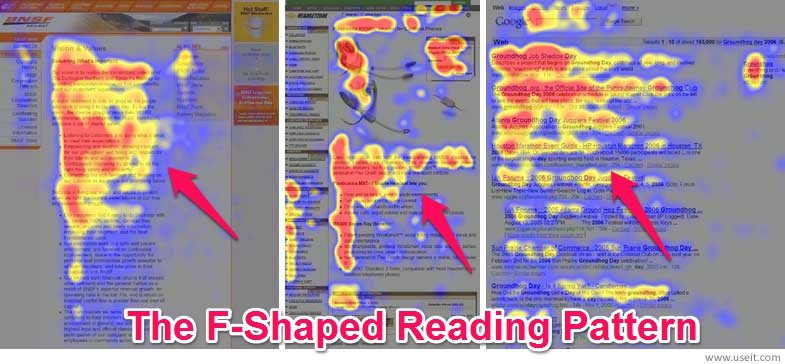
Readers don’t read content, they skim it. This might be a challenge to hear, especially considering the effort you put into copywriting and other content. But it’s a fact of psychology that you can take advantage of. A 2006 study tracked web page readers’ eyes to uncover how people read content on the web. It discovered that readers consume the content in an F-shaped pattern:
- Users begin reading at the top from left to right, forming the upper bar of the F-shape.
- Next, they read the second portion in a second horizontal movement.
- Finally, they continue reading in a vertical movement that scans down the rest of the page.
The key takeaway is that people rarely read the whole text, and the first two paragraphs are the most important parts of the page. That is where you have the visitor’s full attention.
Also, readers do read anything that stands out as they skim through the rest of the page. Here are some ways to make the rest of your content stand out during the skimming process:
- Organize your content into categories and subheadings, so that readers can easily find the information they may be looking for.
- Write the first sentence of each paragraph as a summary of the information, so the reader will still understand the message even if they don’t read the whole paragraph.
- Keep it short and succinct. Avoid waffle as it will immediately turn the reader off.
- Use bold and italics format in your text to make important statements stand out from the rest.
Consider the device you reader is using
Knowing how people are visiting your site and where they came from is important.
If someone is visiting your website through a mobile device, they’ll have less time to read than, say, someone who is sitting at home with their PC. Take these steps to make your content more suitable for everyone, especially if they’re visiting on a mobile device:
- Ensure your site is mobile friendly
A mobile responsive website is important, not only for SEO but also for the overall user experience. You’re not going to grab anyone’s attention to your website if they have trouble viewing it.
- Follow the inverted pyramid style
This technique will help you organize your writing in a way that puts the best foot forward, thereby following the F-shaped method we discussed earlier. It starts by putting the most important content first, followed by less important items, and then finally some bonus information.
Wrapping it up: the call to action
This is the part where, if you’ve kept your reader’s attention, you get a chance to move them deeper on your conversion funnel. Finish the article with a clear call to action that tells the reader what to do next. A great CTA should also avoid the common pitfalls. Even better if you provide links to other relevant content that might interest the reader.
In this case, you should take these actionable items and start implementing them into everything you do. Before you go, be sure to share your thoughts and your own tips in the comments below!
